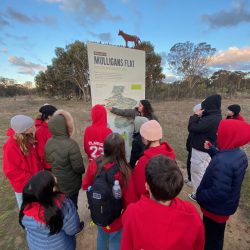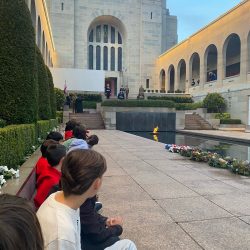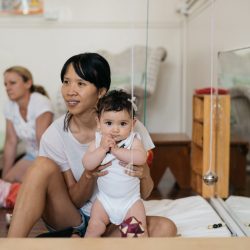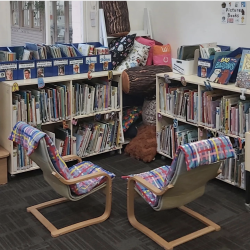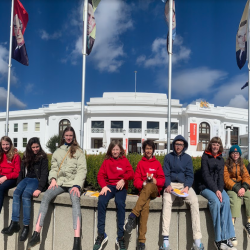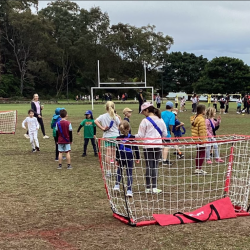The Prepared Environment
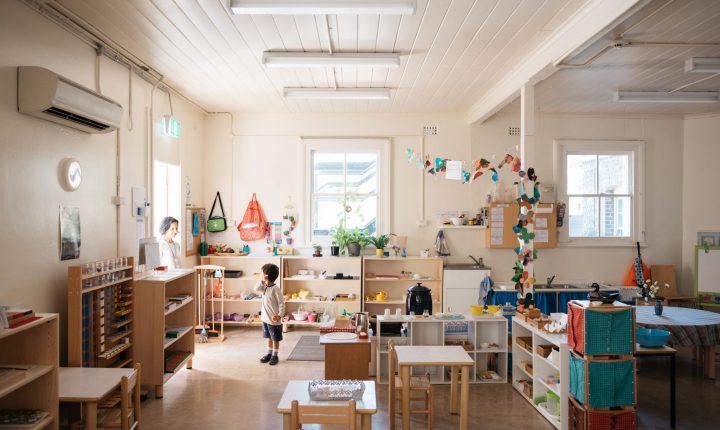
The “prepared environment” is Maria Montessori’s concept that the environment can be designed to facilitate maximum independent learning and exploration by the child.
In the prepared environment there is a variety of activity as well as a great deal of movement.
In the calm, ordered space of the Montessori prepared environment, children work on activities of their own choice at their own pace. They experience a blend of freedom and self-discipline in a place especially designed to meet their developmental needs.
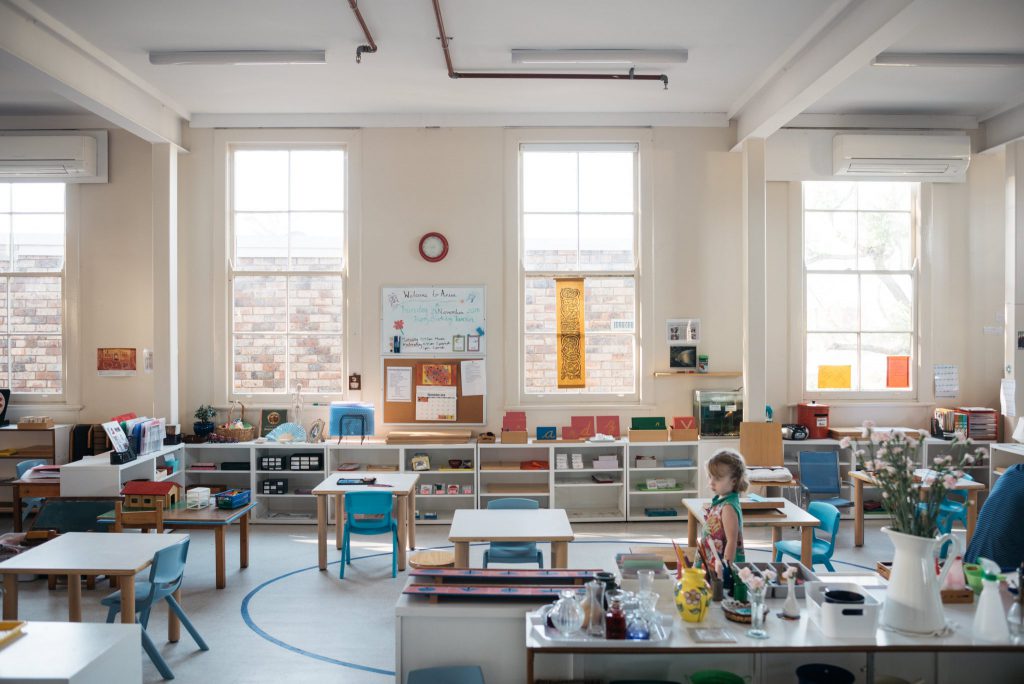
All Montessori materials are developmentally appropriate for the children in each age group and have been designed to meet the intellectual and social needs of children in the Stage age group, in this case children between 3 – 6 years of age.
Three adults are available to support the child’s learning. One Director (a trained teacher) delivers presentations, while one or two Assistants act as a support to the Director and the children.
Lessons and materials
- Lessons and materials are built for repetition and integrate a sense of order
necessary for the 3 – 6 year old child. - All materials create a connection between the hand and the mind.
- Lessons are given to children one-on-one, to provide for explicit instruction and
careful demonstration. - The children are able to work in their own learning space, alongside one another.
- All materials are accessible for children to use and put away as needed.
- The classroom arrangement allows children to move freely within the room,
selecting materials and engaging in independent activity without interruption.
Learning spaces
- Materials are beautifully displayed and well kept, making them aesthetically pleasing
and engaging for the children. - An indoor and outdoor space allows for the children to access both learning
environments.
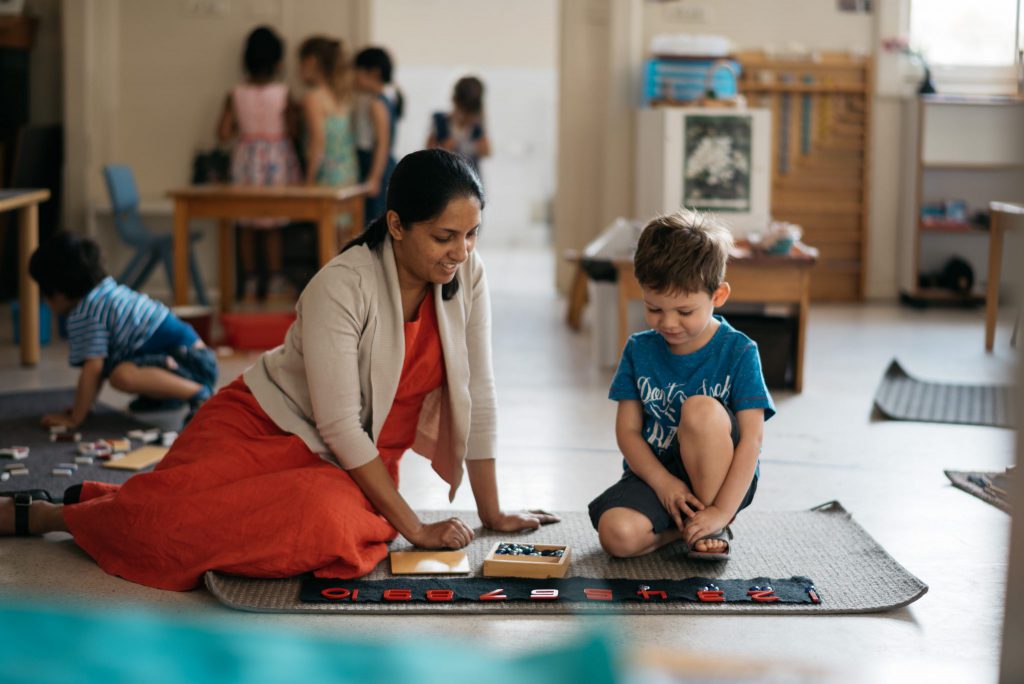
The Morning Work Cycle
- Runs for a 3 hour uninterrupted period.
- Children engage with work from various areas of the classroom. A child may engage with a piece of work for as long as their concentration allows. When working productively, the child can decide when they are ready to put a piece of material away or conclude an activity.
- The adult presents lessons from the various subject areas and the children engage with materials to repeat and refine their learning experiences.
- The children are free to prepare and eat a snack at any time within their work cycle.
Lunch/play
- Lunch is for an hour duration.
- Classes across the school combine for eating and play time.
- Children engage in play in the playground within the school grounds.
The Afternoon Work Cycle
- At 12:00pm, children from 3 – 5 years of age return home.
- Children from about 4.5 – 5 years of age (Kindergarten), continue to learn in the prepared environment. This is referred to as ‘extended day’.
- Morning work activities continue in the afternoon work cycle with the addition of science, excursions and material in the NSW Education Standards Authority (NESA) curriculum, Early Stage 1. Children are also engaged in activities including creative arts, music and literacy.
Care for the Environment
- At the end of the day, all children engage in practical activities such as carers jobs, cleaning up after spills, learning how to clean up after their activities and leaving an activity ready for another person.
Grace and Courtesy/Group Discussions
- Grace and Courtesy engages children with appropriate behaviour in the classroom, respect for the environment, themselves and others.
Co-Curricular Activities
- Throughout the week, extended day children are presented with lessons in Spanish, Music and Physical Education.
- A multi-aged class of 3 – 6 year olds allows the older children to demonstrate their independence to the younger children.
- Through observation and guidance from the older children, the younger children begin to self-regulate and demonstrate their own functional independence within the classroom environment.
- Children are given opportunities to learn from one another and older children can provide assistance to their peers.
- Children are able to observe the work of others and be intrinsically motivated to engage in similar work.
- Older children can act as positive role models to new children.


